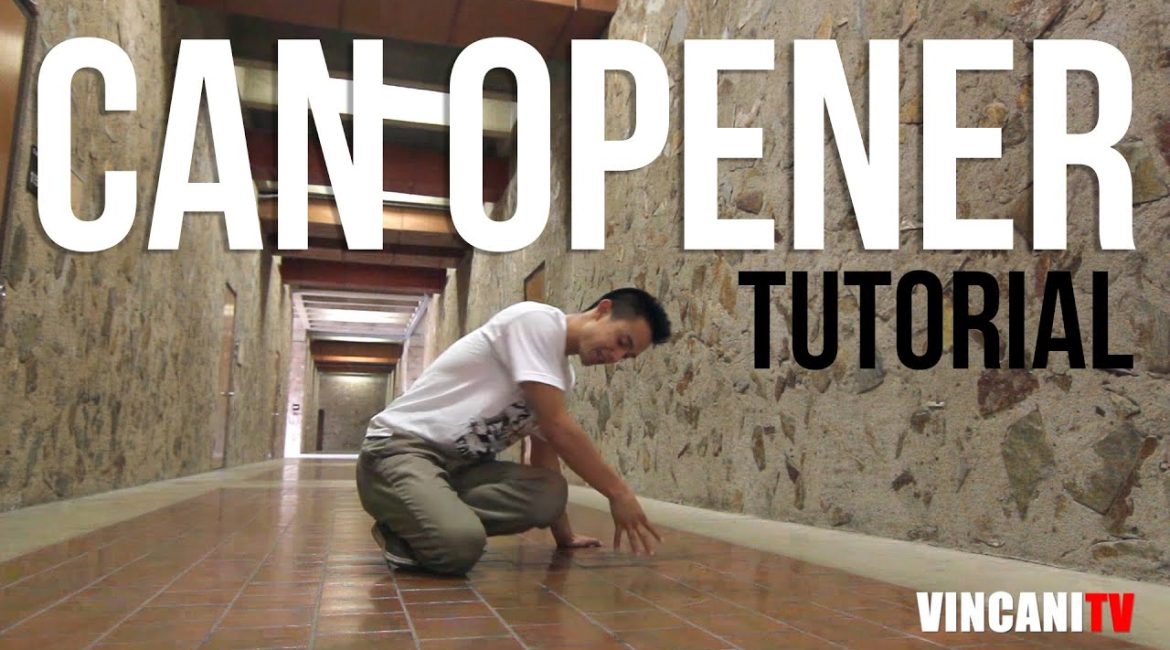Breakdancing, or b-boying, is not just about power moves and explosive flips; it’s equally about fluidity and style that comes with mastering foundational moves. In this blog post, we delve into the essentials of breakdancing flow by exploring two foundational moves: the Leg-O-Leg and the Can Opener. These moves, though basic, set the stage for more complex routines and highlight the importance of smooth transitions and precise technique in breakdancing.
Introduction to Flow in Breakdancing
Flow in breakdancing refers to the seamless transition from one move to another, maintaining rhythm and style without appearing disjointed. Achieving good flow is crucial for any dancer, as it not only enhances the visual appeal of the dance but also showcases the dancer’s control and mastery over their movements.
The Leg-O-Leg Move
The Leg-O-Leg is a fundamental move that involves a series of leg sweeps that create a continuous circular motion, which is central to many breakdancing routines.
Step-by-Step Guide:
- Starting Position: Begin in a squatting position with your hands on the floor for balance.
- The Sweep: Extend one leg (let’s say the right leg) outward and sweep it around in a wide arc, bringing it back to the starting position.
- The Hook: As your right leg completes its arc and returns to the starting point, hook it around your stationary left leg.
- Repeat: Continue the motion with the left leg, creating a mirrored movement.
This move is all about smoothness and maintaining a rhythm that allows the dancer to incorporate other moves or transition into more complex sequences.
The Can Opener Move
Learned from B-boy Insanity, the Can Opener builds upon the Leg-O-Leg by adding dynamic spins and a dramatic sweep that catches the other foot.
Step-by-Step Guide:
- Start with the Sweep: If you aren’t familiar with the basic sweep move, review it first, as it’s integral to performing the Can Opener correctly.
- The Hook and Sweep: From a standing position, hook one foot behind the other knee and sweep the back leg around, touching the floor as it moves.
- The Spin: As you hook and sweep, add a spin by pivoting on your hooked foot. This move should be fluid, maintaining contact between your hooked foot and the leg being swept around.
- The Sweep Forward: As your spinning motion completes, sweep both legs forward, preparing for the next move or to return to a neutral stance.
Combining Leg-O-Leg and Can Opener
Linking these two moves requires understanding their individual components and practicing the transitions between them. Here’s how you can combine them into a flowing sequence:
- From Leg-O-Lob to Can Opener: Perform the Leg-O-Leg as described. As you complete the hook with your right leg, transition into the Can Opener by initiating the sweep with your left leg.
- Maintain the Flow: Ensure each movement flows into the next without hesitation. Practice the transition repeatedly to find the natural rhythm and connection points.
- Finish Strong: After completing the Can Opener, you can transition into a freeze or use the momentum to spin into another standing position, ready to continue with other moves.
Tips for Mastering These Moves
- Practice Slowly: Start by practicing each move slowly to understand the mechanics and body positions required.
- Record and Review: Use video recording to review your practice sessions. This will help you see where you need to improve your flow and transitions.
- Focus on Form: Pay close attention to your form, especially your back and legs. Proper form is essential for preventing injuries and for executing moves correctly.
- Learn from Others: Watch videos of experienced dancers, like B-boy Insanity and others, to see how they execute these moves with finesse and style.
Conclusion
Mastering the basics like the Leg-O-Leg and Can Opener not only enhances your skills as a b-boy or b-girl but also deepens your understanding of musicality and flow in dance. By focusing on these foundational moves, you build a strong repertoire that allows you to experiment with more complex sequences and develop your unique style. Keep practicing, stay patient, and let your flow evolve naturally as you grow in the art of breakdancing.


Leave a reply